Paying Peace Forward with Atomic Learning

Today the world remembers the bombings of Hiroshima and Nagasaki which took place 79 years ago and resulted in the formal surrender of Japan and the end of World War II. When Ariel Warshaw remembered this pivotal moment in history, she also realized that her viewpoint lacked global perspective, as well as the peace that was catalyzed post-mortem.
“The reality of living in the US is that my understanding of histories, perspectives, and cultures beyond a Eurocentric lens is not as authentic as I want it to be. I aspire to have a more multidimensional mastery of my content area by exploring non-Western history in a deep way,” wrote Ariel in her Fund for Teachers grant proposal. “Most importantly, I’m committed to turning my students’ knowledge into action. I want us all to consider the lessons in these survivors’ testimonies and use them to drive change in our communities. I prioritize this philosophy at this stage in my career.”
Her overarching goals of the fellowship were to:
- -Witness and learn about what happened in Hiroshima and Nagasaki 79 years ago, placing value on the power of place;
- -Document conversations with hibakusha, peace activists, and local educators (via transcribed interview, digital recording, photos, etc.) for my students; and,
- -Explore the ways Japanese culture has reconciled with the legacy of the atomic bombs and WWII.
Upon hearing that she was selected as a 2024 FFT Fellow, Ariel promptly created the Instagram feed @whereswarshaw and posted this: “I’m thrilled to share that I’ve been named a Fund for Teachers Fellow! This grant will allow me to explore the experiences of the hibakusha (survivors of the Hiroshima and Nagasaki bombings), and examine how culture has influenced reconstruction, reconciliation, and peace studies in both traditional and modern Japanese society. I’ll be visiting Tokyo, Hiroshima, Nagasaki, Kyoto, and Osaka in July! My goal is to develop a unit focusing on the atomic bombings, utilizing oral history, primary sources, and personal testimonies. Follow along on my adventure!”
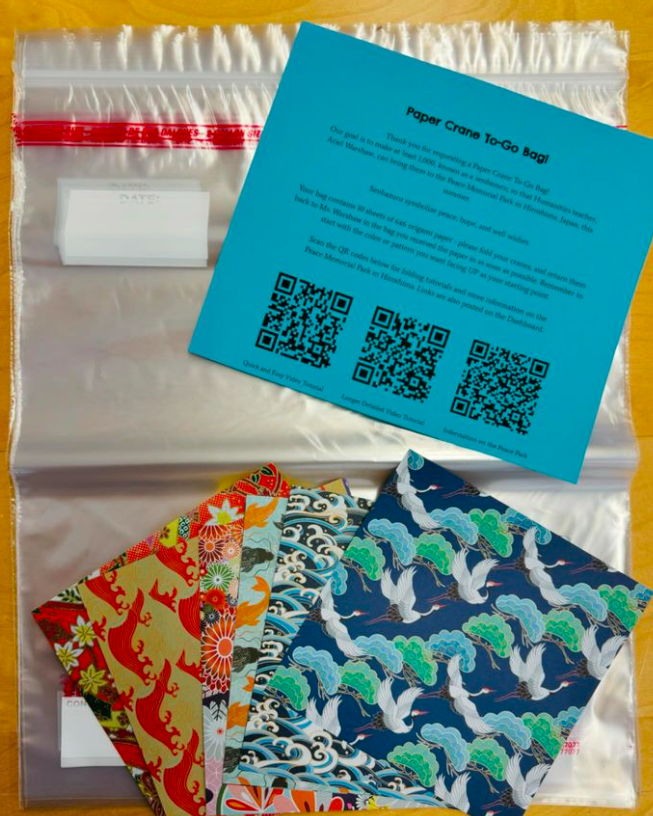
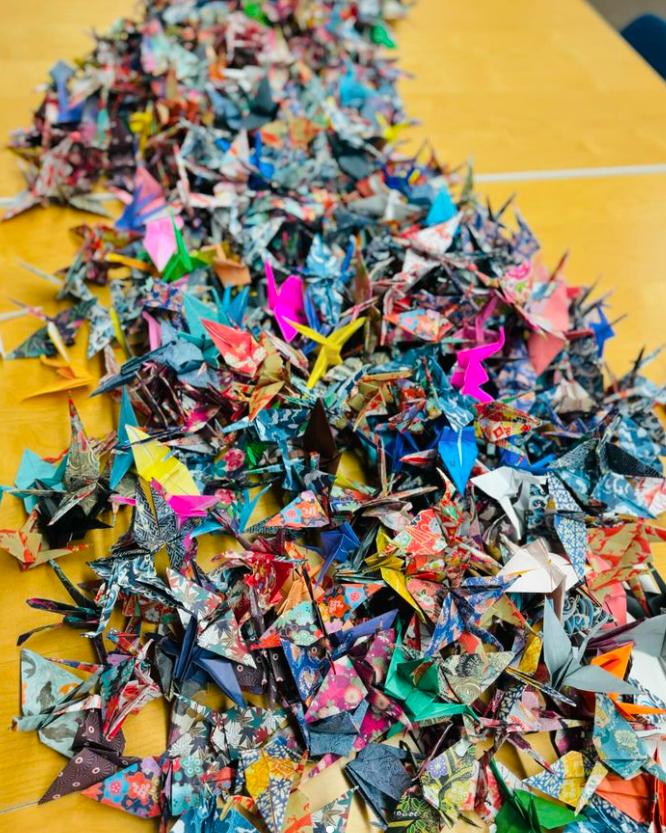
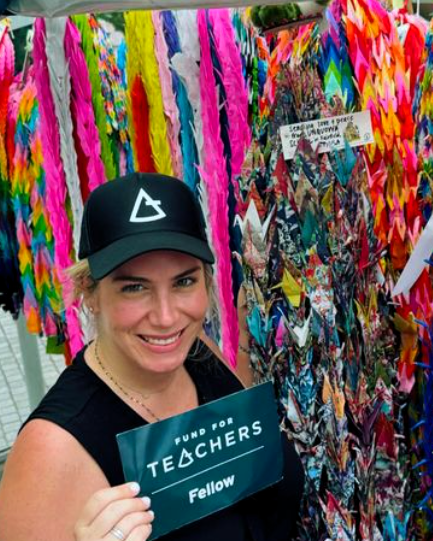
Ariel’s students and their families were also thrilled, and immediately got to work folding 1,000 paper cranes to create a “senbazuru” for her to hang at The Children’s Peace Monument in Hiroshima’s Peace Memorial Park while on her fellowship.
We encourage you to visit Ariel’s Instagram feed where she thoughtfully shared images and reflections from her 16-day fellowship. Below, we share her reflections specifically related to the bombing and the hibakusha with whom she met…
Day 1
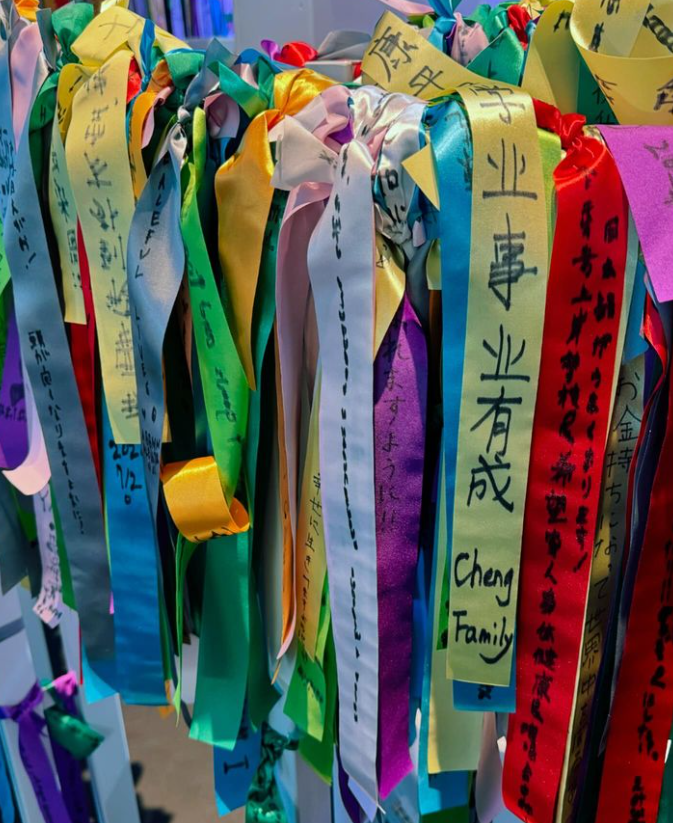
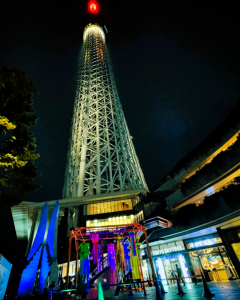
Day 1 in Tokyo! I landed at 2:30pm, wound my way through customs and immigration, and finally made it to my hotel. By the time I checked in, it was 4:30 – I grabbed a quick bite at the conbini on the corner (egg salad sandos totally live up to the hype!) and decided to give the metro system a spin! I found myself at Tokyo Skytree – the world’s tallest tower at 634 meters! It was a perfect way to get a bird’s eye view of this massive and marvelous city. At the top, there was a place to select a ribbon and write a wish for humanity – people then tied these ribbons on the viewing platform. It was a beautiful way to ground my thinking around this adventure – how does the desire for peace take hold in societies, and what lessons did the bombings of Hiroshima and Nagasaki in particular have on Japanese society’s pursuit of peace.
Day 4
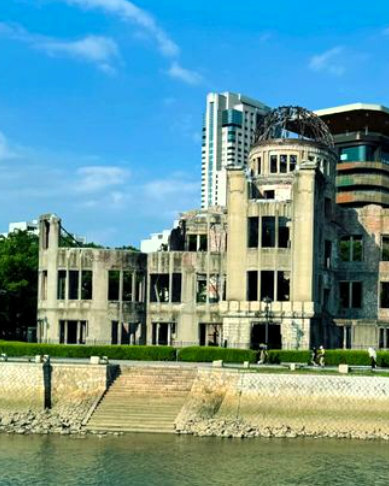

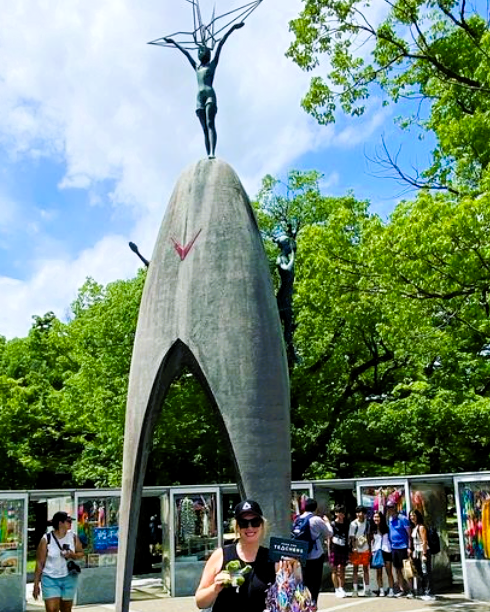
Hiroshima: Wow. What a day! I took an early morning Shinkansen (bullet train) from Tokyo to Hiroshima. The nearly 4-hour ride passes lots of small towns, which were beautiful to see, and I was able to see Mt. Fuji, too! As soon as I arrived in Hiroshima, I fell in love with it. Such a casual and caring atmosphere, stunning bridges, and quirky details. After a quick bite, I made my way to the Children’s Peace Memorial so that I could finally hang the incredible senbazuru – 1000 origami cranes – that our school community created. It was a really meaningful moment. I then explored the Peace Museum itself – the permanent exhibit is remarkable and heartbreaking. It contained a plethora of artifacts from victims and survivors – clothes, toys, journals, postcards, audio and video testimonies, and so on. There was also an entire section devoted to Sadako Sasaki, replete with cranes she herself had folded. After the museum, I met with Yoko Mimura-san, from the World Friendship Center, who guided me through the Peace Memorial Park – she taught me about a variety of structures found in the park, the significance of each, the history of the area, why Hiroshima was chosen to be bombed, and how the city has reconciled itself with their tragic past and inspired future.
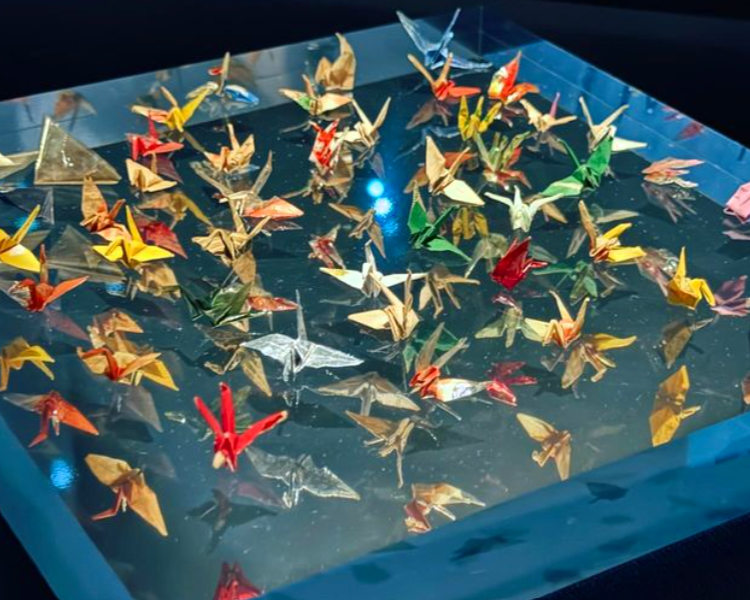
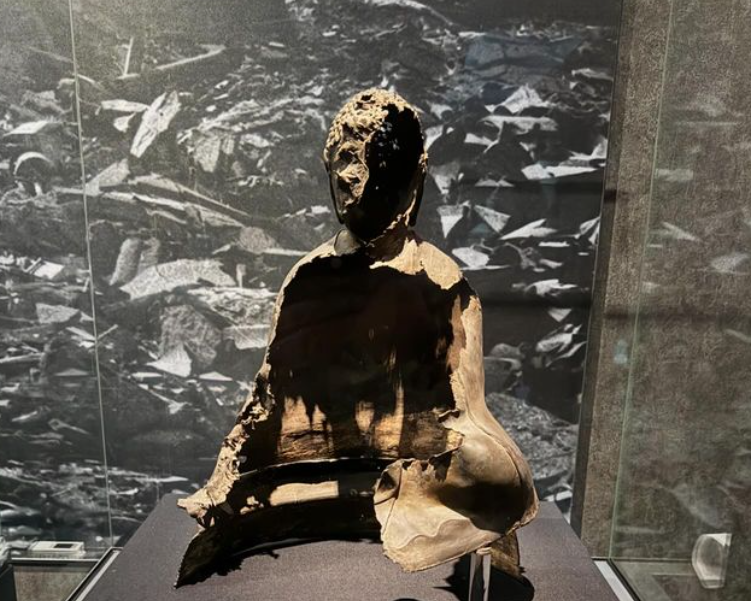
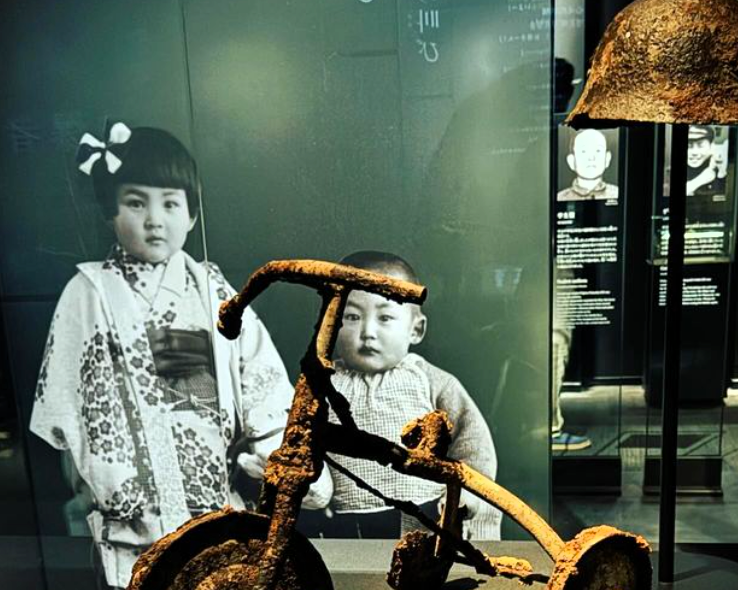
Day 5
Hiroshima: Today was remarkable. In the morning, I went to the World Friendship Center @wfchiroshima to meet with Mr. Tamiyuki Okahara-san – or Mr. Tami – a hibakusha (atomic bomb survivor). He shared his story with me, and also relayed his father’s incredible story of survival. I saw family photographs, newspaper articles, and maps that helped illustrate what Mr. Tami and his family endured. Many in his family, himself included, have suffered from unknown illnesses and cancer. Despite these hardships, he was such a positive and inspiring man…
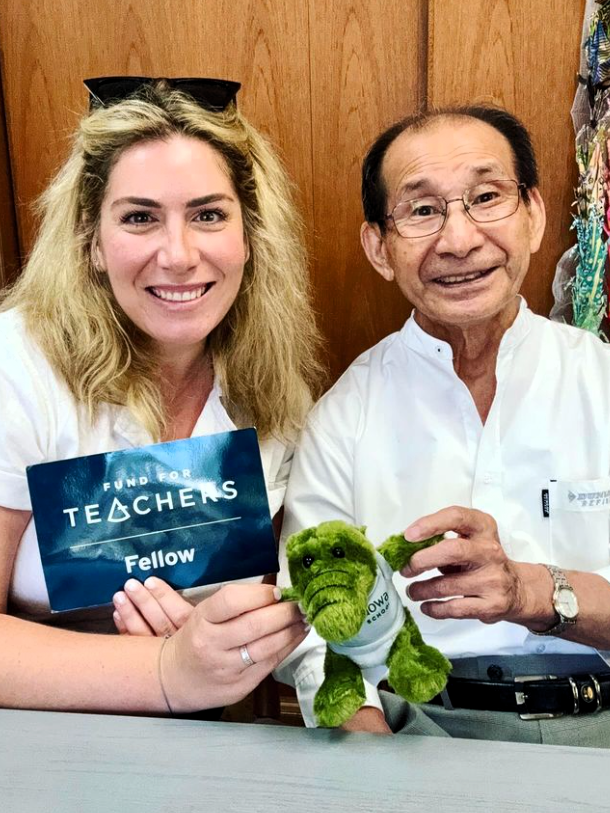
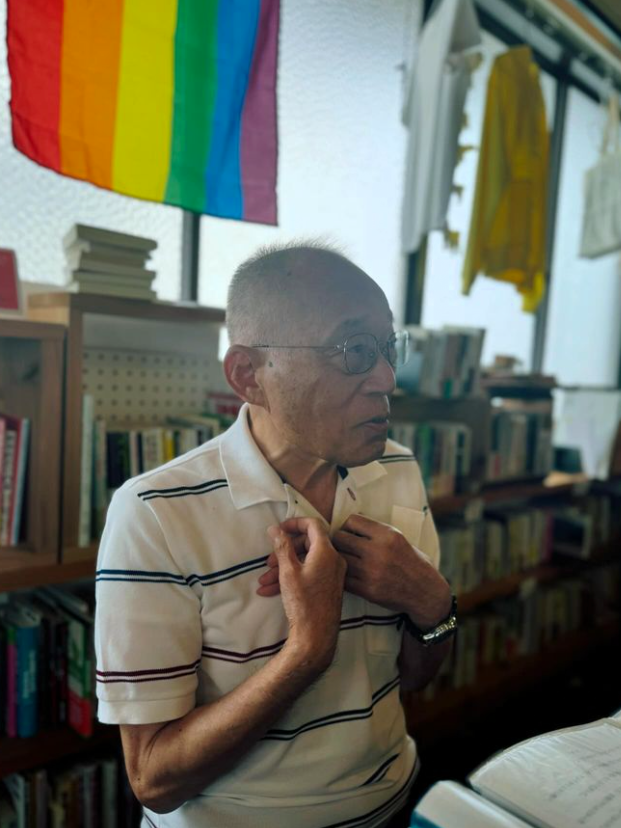
My next appointment was at Hachidori-sha Social Book Café. The owner, Erika Akibo, wanted a space to serve as a meeting place for locals and visitors alike to talk about global issues and social justice. On days that end in “6”, the café hosts hibakusha meetings (the bomb was dropped on August 6, so on the 6/16/26th of each month, these meetings occur). Mayu Seto, an employee but also a peace activist who works with Peace Culture Village and Kakuwaka Hiroshima, arranged for me to meet with Mr. Okamoto Tadashi-san, another hibakusha, with a small group of other interested visitors. A young woman named Mitsuki served as our translator. Mr. Tadashi was only 1.5 years old when the bomb was dropped on Hiroshima; he has scars on his arm, head, and back from that terrible day. He shared his testimony with us, explaining that after the bomb fell, everything went dark. He started to cry, and his pregnant mother was able to find him and get out of the house and away from the hypocenter. After he spoke, our group had the chance to ask questions – it was nice to learn together as a group, and people asked questions that I hadn’t considered which led to even deeper conversation and reflection.
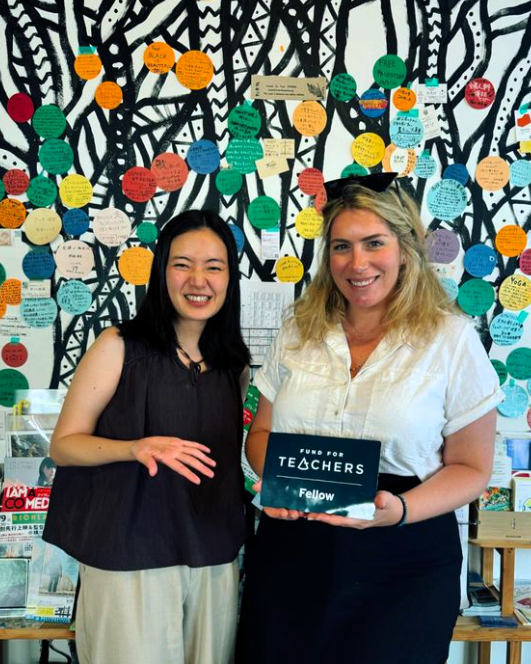


Following this conversation, I met with Ms. Miho Tanaka, a co-founder and representative from Kakuwaka Hiroshima – this group lobbies parliamentarians to push the Japanese government to sign the Treaty for the Prohibition of Nuclear Weapons. In addition, they host events focused on world peace and global activism. I was so grateful for her time – I learned a lot about the ways the peace community is pressing for change. After my meeting with Miho, I walked over to see Hiroshima Castle and Gokoku Shrine, and then visited the surviving Great Torii of Hiroshima – a torii gate that survived the bombing. Finally, I met with Ms. Miho Ikeda-san, also affiliated with World Friendship Center. She took me on a walking tour to visit A-bomb survivor trees. Miho explained that only 160 trees survived within a 2km radius of the hypocenter – and 1 was mistakenly cut down last year. She showed me how, on 80% of these surviving trees, their trunk leans towards the hypocenter. This is because that side of the tree grows more slowly than the other, causing a slight bend in the trunk. It was a unique way to learn about the environmental impact of this atomic bomb in Hiroshima, and nice to end the day appreciating nature!
Day 7
Hiroshima + Nagasaki: I started the morning at the Radiation Effects Research Foundation (RERF) in Hiroshima, where I met with Jeffrey Hart, from the Public Relations and Publications Office, and an intern from Smith College, Claire, who had started just this morning! RERF is a joint US-Japanese research organization that studies the health effects of A-bomb radiation. At their facility, they meet with hibakusha (survivors) who are part of one of their studies every other year for health exams, house thousands upon thousands of bio samples in state of the art freezers (I got to see their newest freezer, which is completely robotic and can store hundreds of thousands of bio samples at -80°C), and research the impact that A-bomb exposure has had on survivors and their children. It was a truly eye-opening experience, and I was so grateful for Jeff’s time and openness!

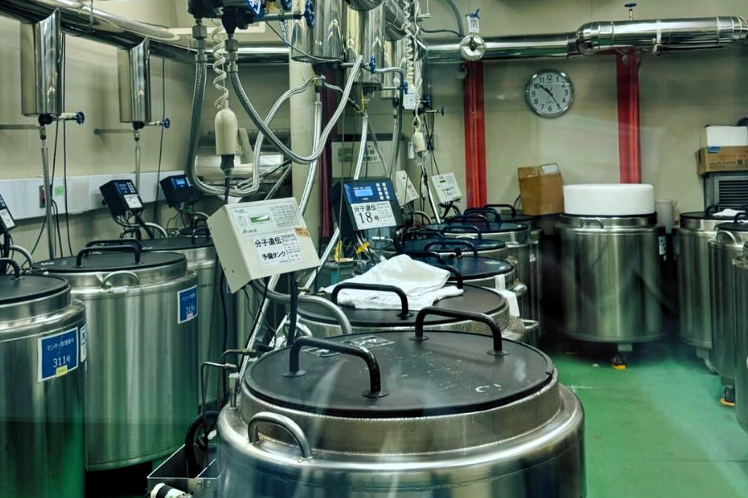
From there, I headed to Hiroshima Station to catch the first of 3 trains to Nagasaki. 3 hours later, I had made it! I quickly checked into my hotel, and then went to the Nagasaki Atomic Bomb Museum. While it was much smaller than the Peace Museum in Hiroshima, I really appreciated the artifacts they displayed and the straight-forward and brutally honest exhibits they presented to visitors. After the museum, I made my way to the Memorial Hall, and then from there, the Hypocenter and Peace Park. I even saw air raid shelters from WWII that were dug into the foot of a hill that now surrounds the park. All of these places were really moving and contemplative – spending time outside as I ended my day was a great way to reflect on what I’ve learned in the last week, and consider ways to bring it all back to the Humanities South classroom.
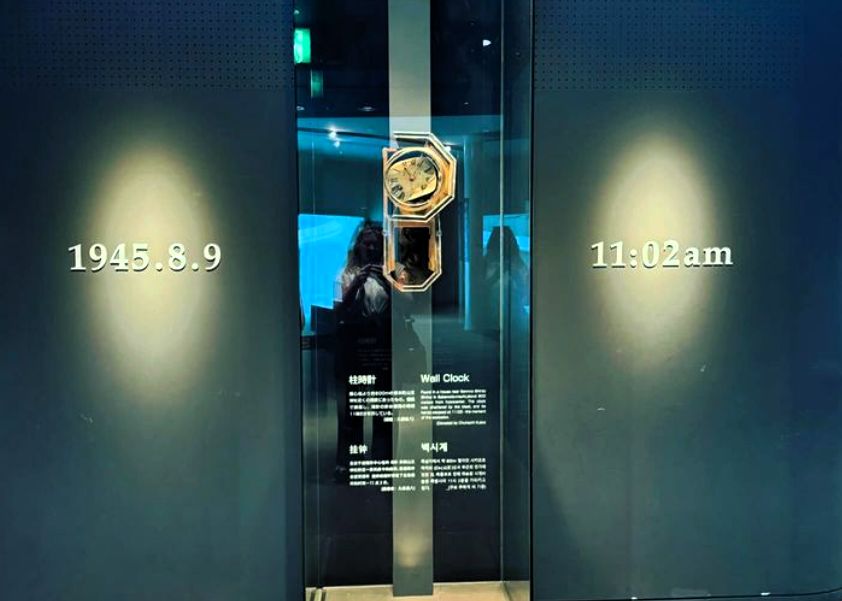
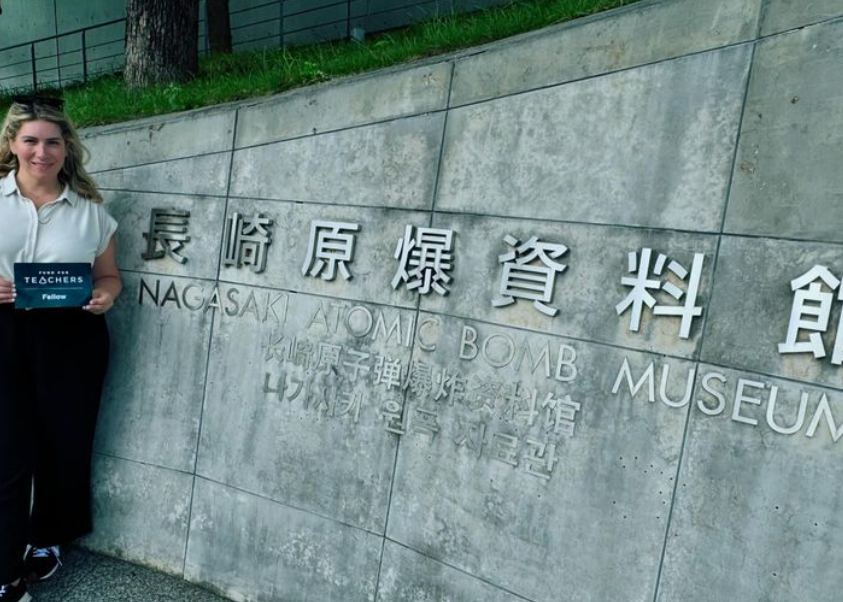
Day 13
Osaka + Kyoto: This morning I jumped on a train to Osaka! After an hour ride, I got off at Kyobashi Station and made my way to the Osaka International Peace Center. This museum, also known as Peace Osaka, focuses on the destruction of the city during World War II, but also the tragedy of war more generally and the importance of peace. According to some cursory research, Japan has about 50 museums dedicated to peace – the United States has… 1. How can this be? What does it say about our culture? Japanese culture? What lessons can we learn?
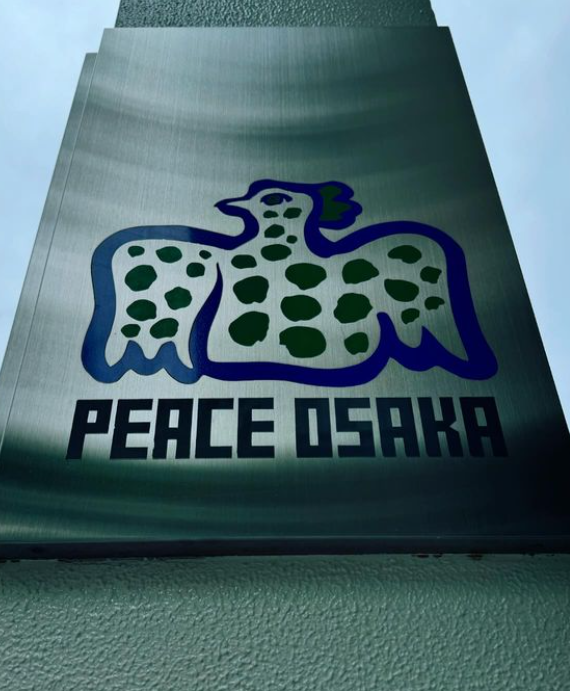
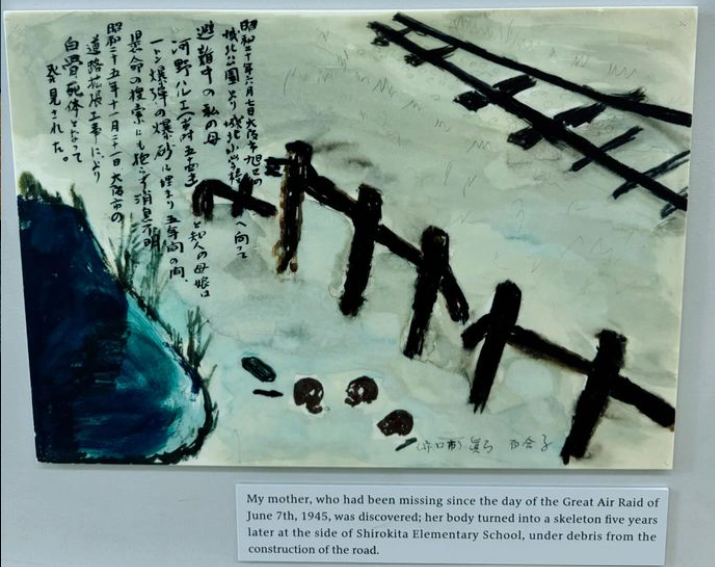
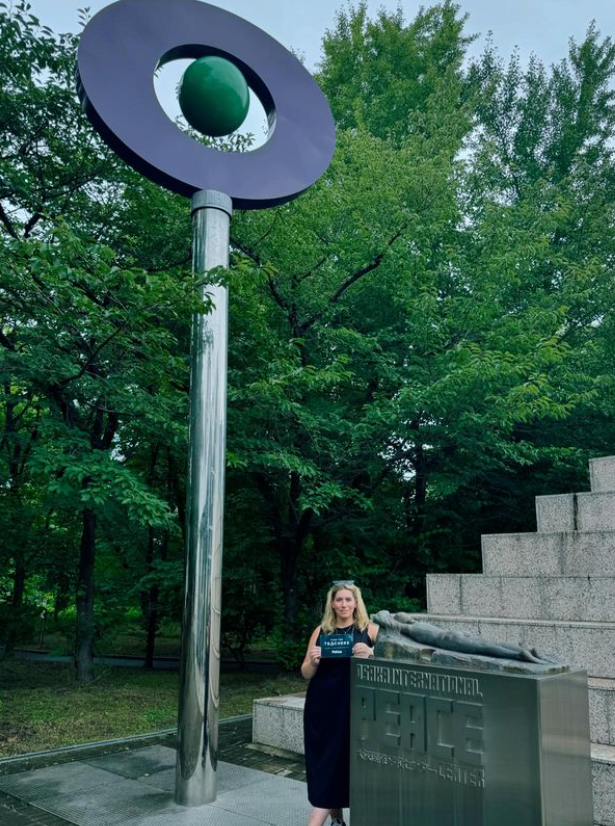
Gratitude
Now that I’m back home, I wanted to take a moment to express how grateful I am to Fund for Teachers for believing in my proposal, trusting me to know what I needed as an educator, and allowing me to grow in immeasurable ways. What an epic experience and empowering process with an amazing organization! Along this journey, I have met so many wonderful survivors, peace educators, disarmament activists, radiation researchers, historians, and artisans.
Thank you to the entire Unquowa School community for embracing my senbazuru project, cheering me on each day of this trip, and awarding me the Birdsall Grant to further deepen this project. I can’t wait to share what I’ve learned with you all!
Japan was pure magic: modern in so many ways, deeply rooted in ancient customs and beliefs, patient, honest, and gracious in the telling of its history, and resilient beyond words. I will hold this sacred time in my heart and mind for a lifetime. またね – definitely not goodbye but see you later!
 Back to Blogs
Back to Blogs